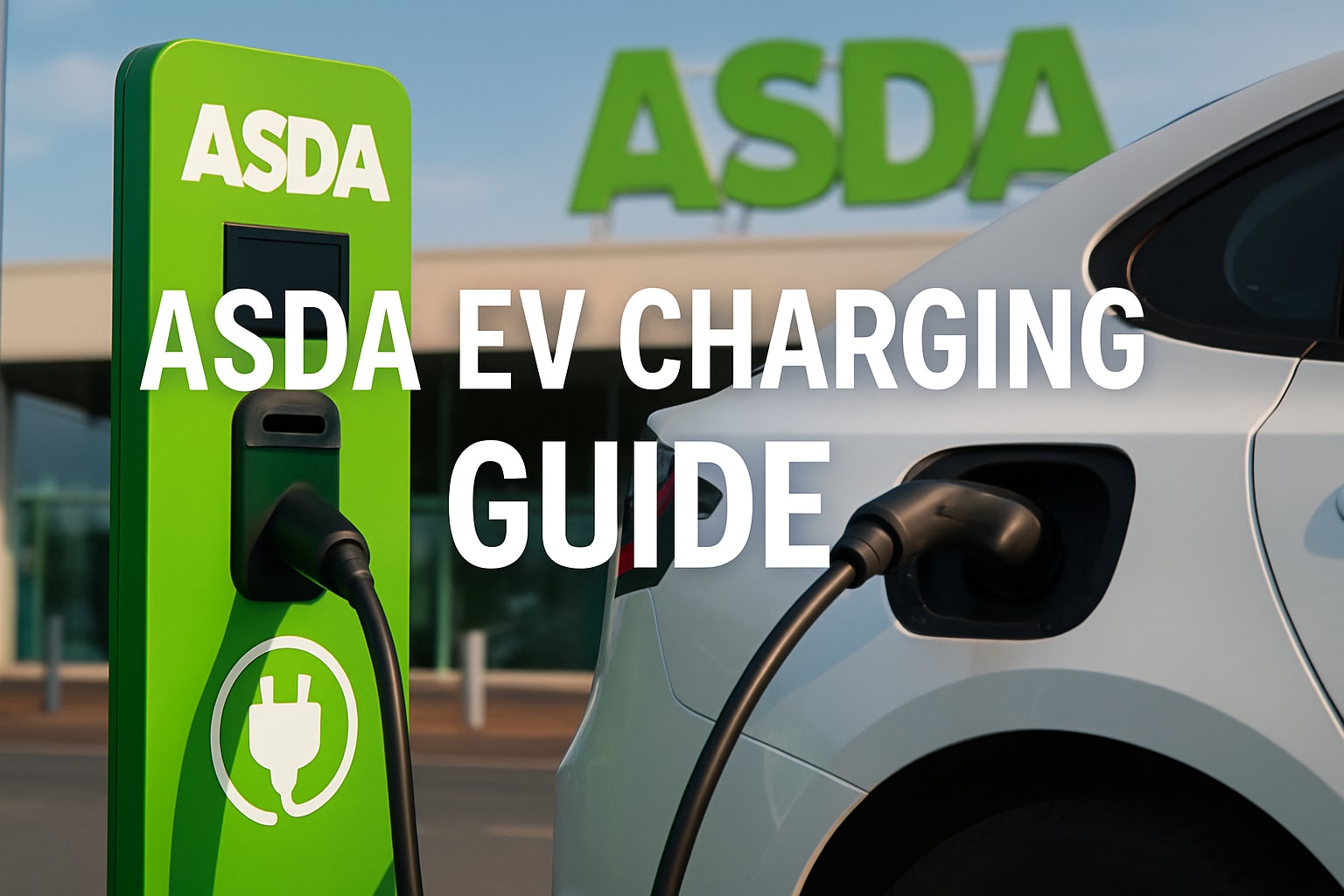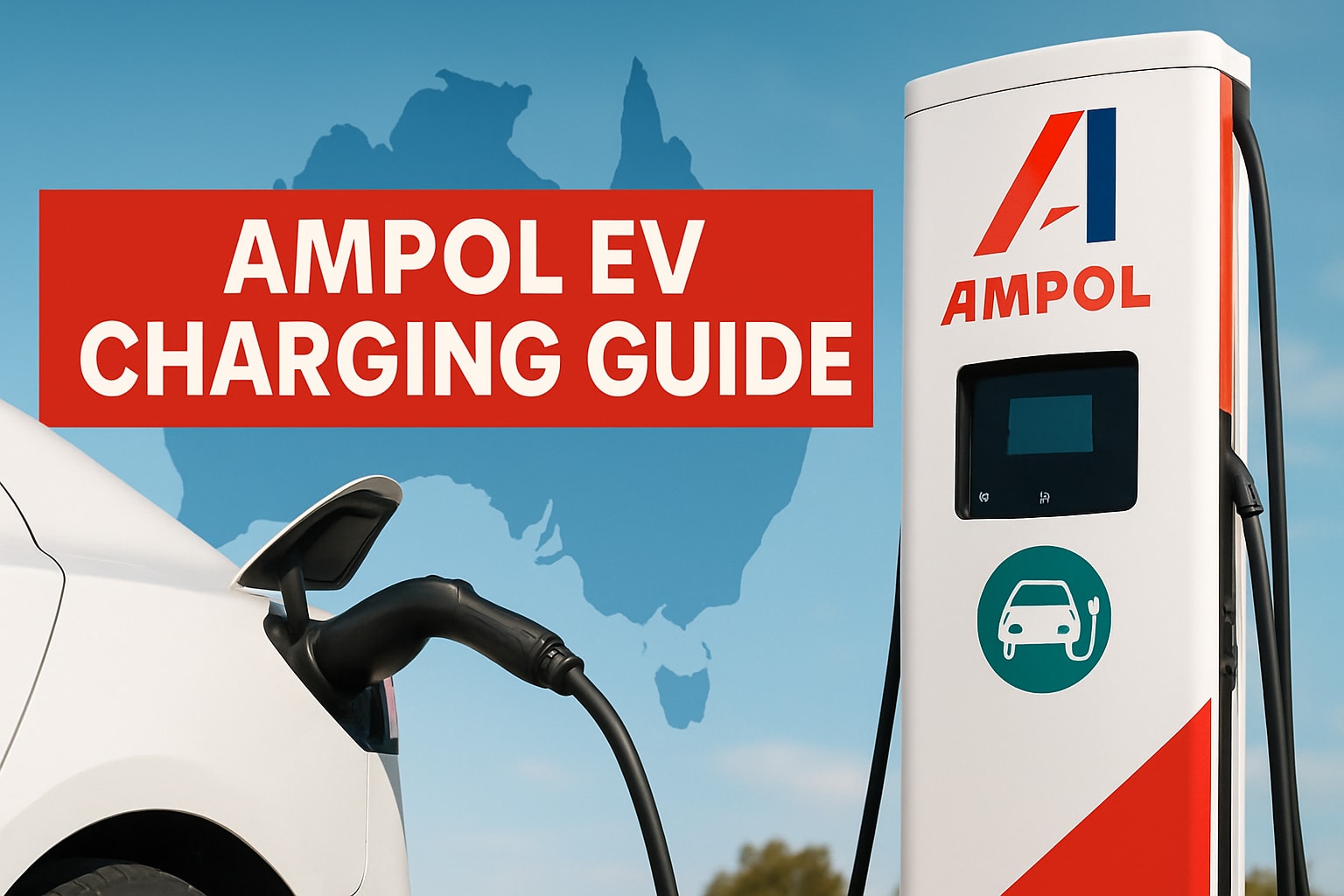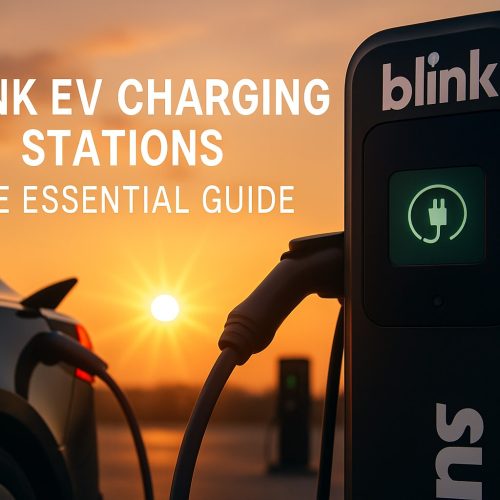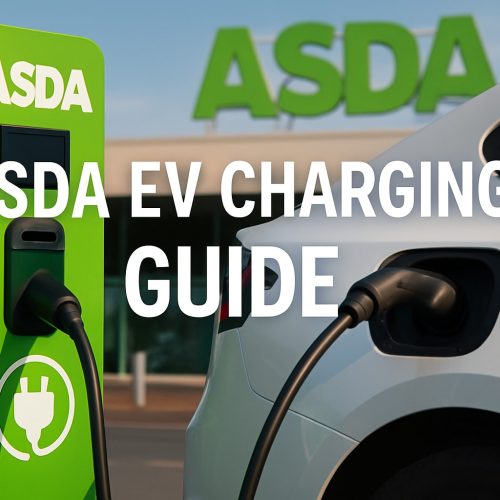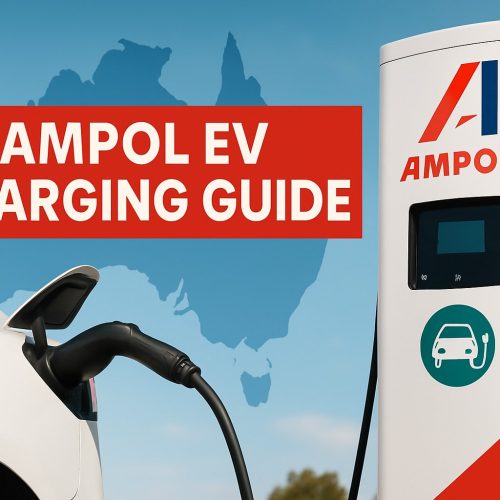If you own an electric vehicle, or are thinking of purchasing one, you may be wondering about electric vehicle charging stations. Here is what you need to know about these stations, including how to find them and what to expect when using one.
Electric vehicle charging stations are used to recharge the batteries of electric vehicles. These stations can be found at many public places, such as parking lots, shopping centers, and gas stations. They may also be available at private residences and businesses.
To find an electric vehicle charging station, you can use an online search tool, such as the one provided by the U.S. Department of Energy. This tool lets you search for stations by location, type of charger, and other options.
When using an electric vehicle charging station, you will need to have a charger that is compatible with your vehicle. You will also need to have a credit card or other form of payment to use the station. Most stations charge by the hour, but some may have other pricing options.
It is important to read the instructions provided at the electric vehicle charging station before using it. This will help you avoid damaging your vehicle or the station. If you have any questions, you can ask a staff member for help.
Types of EV Charging Stations
There are many different types of electric vehicle (EV) charging stations, each with its own benefits and drawbacks. The three most common types of stations are Level 1, Level 2, and Level 3, also known as DC fast charging.
Level 1 stations are the slowest and most basic type of EV charger. They typically use a 120-volt outlet, similar to what you would find in a typical home, and can charge an EV in about 8 hours. Level 1 chargers are usually the most affordable option and can be easily installed at home.
Level 2 stations are faster than Level 1, and can charge an EV in about 4 hours. They use a 240-volt outlet, like what you would find in a laundry room or garage, and typically cost more than Level 1 chargers. Level 2 chargers are a good option for those who want a faster charge but don’t need the speed of a Level 3 charger.
Level 3 chargers, also known as DC fast chargers, are the fastest type of EV charger and can charge an EV in about 30 minutes. They use a 480-volt outlet and can be found at public charging stations or installed at home. Level 3 chargers are the most expensive option but are ideal for those who need a quick charge.
No matter which type of charger you choose, you’ll need to make sure it’s compatible with your EV. Different EVs use different types of charging ports, so be sure to check before you buy.
EV Charging Station Installation Costs
If you’re thinking about getting an electric vehicle (EV), one of the first things you need to do is figure out where you’re going to charge it. Unlike gas stations, EV charging stations can be few and far between, which means you’ll need to install your own if you don’t have easy access to one. The good news is that there are plenty of options for home EV charging stations, and the costs have come down significantly in recent years.
The first thing you need to decide is whether you want a level 1 or level 2 charging station. Level 1 charging stations are the slowest but also the most affordable, while level 2 charging stations are much faster but also more expensive. If you’re only going to be charging your EV occasionally, a level 1 station will probably suffice. However, if you’re planning to use your EV as your primary vehicle, you’ll probably want a level 2 station so you can get back on the road quickly.
The next thing to consider is the actual installation process. If you’re comfortable with basic electrical work, you can probably install a level 1 charger yourself. Level 2 chargers require more work, and it’s probably best to leave it to a professional. Installation costs will vary depending on the type of charger, but expect to pay around $500 for a level 1 charger and $1,000 for a level 2 charger.
Once you’ve decided on the type of charger you need and found a qualified installer, the actual process of installing an EV charger is relatively straightforward. Most chargers come with everything you need for a standard installation, but there are a few things to keep in mind.
First, make sure the charger is installed in a location that’s easy to access. You don’t want to have to move your car every time you need to charge it, so it’s important to find a spot that’s close to where you usually park.
Second, keep in mind that EV charging stations need a dedicated circuit. This means that if you’re installing a charger in your garage, you’ll need to have an electrician run a new circuit from your breaker box. The cost of this will vary depending on the complexity of your electrical system, but expect to pay around $200 for the labor.
Finally, make sure you have a good understanding of the electrical requirements for your charger. Level 1 chargers only need a standard 110-volt outlet, but level 2 chargers require a 240-volt outlet. If you don’t have an outlet of the proper voltage, you’ll need to have an electrician install one. The cost of this will vary depending on the complexity of your electrical system, but expect to pay around $500 for the labor.
Once your charger is installed, you’re ready to start enjoying the benefits of electric vehicle ownership. With gas prices always on the rise, it’s nice to know that you can save money by charging your car at home. And with more and more public charging stations popping up all over the country, it’s getting easier and easier to keep your electric vehicle charged and ready to go.
EV Charging Station Permit and Zoning Requirements
As battery electric vehicles (BEVs) become increasingly popular, the need for places to charge them is also on the rise. Home charging is the main way most people keep their BEVs charged, but public EV charging stations are also necessary to support longer trips. Installing an EV charging station can be a great way to support the electric vehicle community and attract customers to your business, but there are a few things to keep in mind before you get started.
Permits and Zoning:
The first step is to check with your local zoning office to see if there are any restrictions on installing an EV charging station. Many municipalities have rules about where gas stations and other commercial businesses can be located, and some may also have regulations specifically for EV charging stations.
If there are no specific regulations in your area, you’ll need to apply for a permit to install the charging station. The permit application will likely require information about the location of the proposed charger, the type of charger you plan to install, and how it will be connected to the electrical grid.
The permitting process can take a few weeks or longer, so it’s important to get started as early as possible.
Costs:
The cost of installing an EV charger varies depending on the type of charger, the amount of power it delivers, and the length of the electrical cable. Level 2 chargers are the most common type of EV charger, and they usually cost between $500 and $2,000.
Some Level 2 chargers come with a built-in cable, while others require a separate cable to be installed. The length of the electrical cable will impact the overall cost, so it’s important to factor that into your budget.
In addition to the cost of the charger itself, you’ll also need to pay for the cost of labor to install the charger and any necessary electrical work. Installation costs can vary widely, so it’s important to get multiple quotes before you choose a installer.
Benefits:
Installing an EV charger can be a great way to support the electric vehicle community and attract customers to your business. EV drivers are always on the lookout for places to charge their cars, and they’ll often choose businesses that have chargers over those that don’t.
In addition to attracting new customers, installing an EV charger can also show that your business is committed to sustainability. As more and more people become concerned about climate change, businesses that take steps to reduce their emissions will be seen in a positive light.
If you’re thinking about installing an EV charger, be sure to check with your local zoning office to see if there are any permit or zoning requirements in your area. Once you’ve taken care of the administrative details, you can focus on choosing the right charger and installer for your business.
Benefits of Installing an EV Charging Station
There are many benefits of installing an EV charging station, especially if you own an electric vehicle (EV). Perhaps the most obvious benefit is that it allows you to charge your EV when you need to, which can be a lifesaver if you’re running low on power and need to get somewhere.
But there are other benefits too. For example, installing an EV charging station can increase the value of your home. If you live in an area where EVs are becoming more popular, potential homebuyers will see your charging station as a valuable amenity.
And if you own a business, installing an EV charging station can make it more appealing to potential customers, as they’ll know they can charge their EVs while they’re shopping or running errands. This can give you a competitive edge over businesses that don’t offer this service.
There are also environmental benefits to installing an EV charging station. EVs produce zero emissions, so by charging your EV at home, you can help reduce air pollution and your carbon footprint.
Overall, there are many benefits to installing an EV charging station, whether you’re an EV owner or not. If you’re considering it, be sure to do your research to find the best option for your needs.
Different Types of Charging Cables
When it comes to electric vehicles (EVs), there are different types of charging cables that can be used. The most common type of charging cable is the Level 1 cable, which is the slowest type of charger. Level 2 chargers are faster, and Level 3 chargers are the fastest chargers available.
The different types of charging cables are:
Level 1 Charger: This is the standard 120-volt charger that comes with your EV. It will take about 8 hours to charge your EV with this type of charger.
Level 2 Charger: This is a 240-volt charger that can be installed in your home or at a public charging station. It will take about 4 hours to charge your EV with this type of charger.
Level 3 Charger: This is a 480-volt charger that is only available at public charging stations. It will take about 30 minutes to charge your EV with this type of charger.
Choosing the Right EV Charging Station for Your Vehicle
If you’re an electric vehicle (EV) owner, you know that one of the most important things to consider is what type of EV charging station you’ll need to keep your car running. With so many different types of EV charging stations on the market, it can be hard to know which one is right for you. Here’s a guide to help you choose the right EV charging station for your vehicle.
There are two main types of EV charging stations: Level 1 and Level 2. Level 1 EV charging stations use 110 or 240 volts and can be plugged into a standard household outlet. Level 2 EV charging stations use 220 or 480 volts and must be connected to a dedicated circuit.
Level 1 EV charging stations are the least expensive and can be used with any EV. They’re perfect for people who only occasionally need to charge their EV, such as those who have a short commute or live in a rural area.
Level 2 EV charging stations are more expensive, but they’re also much faster. They can charge an EV in as little as four hours, compared to Level 1 charging stations which can take up to 12 hours. Level 2 EV charging stations are ideal for people who frequently need to charge their EV, such as those who have a long commute or live in an urban area.
When choosing an EV charging station, you’ll also need to decide if you want a portable or wall-mounted unit. Portable EV charging stations are small and can be easily moved from one location to another. They’re perfect for people who don’t have a dedicated parking spot or who want the flexibility to charge their EV at different locations. Wall-mounted EV charging stations are larger and must be installed in a specific location. They’re ideal for people who have a dedicated parking spot and who want their EV charging station to be permanently installed.
Once you’ve decided on the type of EV charging station you need, you can start shopping around for the best deal. Be sure to compare prices from different retailers and read customer reviews to make sure you’re getting a quality product.
Installing an EV charging station is a great way to green your commute and save money on gas. With so many different types of EV charging stations on the market, it’s easy to find one that’s perfect for your needs.
Finding a Qualified Contractor for Installation
If you’re in the market for an EV charging station, you want to make sure you find a qualified contractor to handle the installation. This is a big investment, and you want to be sure it’s done right. Here are a few tips to help you find a qualified contractor.
1. Ask around. Talk to your friends, family, and neighbors who have EV charging stations. See if they’re happy with the installation and if they would recommend the contractor they used.
2. Do your research. Once you have a few contractor names, look them up online. Read reviews, check out their website, and make sure they’re licensed and insured.
3. Get quotes. Contact a few different contractors and get quotes for the work. Be sure to ask about any discounts or promotions they may be running.
4. Compare apples to apples. When you’re comparing quotes, be sure to compare the same services and materials. Otherwise, you’re not really comparing apples to apples.
5. Make your decision. Once you’ve done your research and compared quotes, it’s time to make a decision. Choose the contractor you feel most comfortable with and who you believe will do the best job.
EV Charging Station Rebates and Incentives
According to the U.S. Department of Energy, there are approximately 16,000 public and private EV charging stations in the United States.
If you’re thinking about installing an EV charging station at your home or business, you may be eligible for a rebate or incentive.
Federal and state governments, as well as utility companies, offer rebates and incentives for EV charging stations to help offset the cost of installation.
The federal government offers a tax credit of up to 30% of the cost of installing an EV charging station, with a maximum credit of $1,000.
Some states offer additional tax credits and rebates. For example, California offers a rebate of up to $500 for the installation of an EV charger at a home or business.
Utility companies also offer rebates and incentives for EV charging stations. For example, Southern California Edison offers a rebate of up to $1,000 for the installation of an EV charger at a home or business.
If you’re thinking about installing an EV charging station, be sure to check for rebates and incentives that may be available to help offset the cost of installation.
Maintenance and Troubleshooting Your EV Charging Station
If you have an electric vehicle (EV), you likely have an EV charging station. These charging stations are vital to keeping your EV running, but they require some maintenance and troubleshooting from time to time. In this blog post, we’ll discuss some of the common issues you may experience with your EV charging station and how to fix them.
First, let’s talk about maintenance. It’s important to regularly clean your EV charging station, as dirt and debris can build up and cause problems. Use a soft cloth or brush to gently remove any dirt or debris from the charging station. You should also check the charging station for any damage, as damaged charging stations can be dangerous. If you see any damage, make sure to repair it or replace the charging station as soon as possible.
Now, let’s talk about some common problems you may experience with your EV charging station. One of the most common problems is that the charging station doesn’t work at all. If this happens, the first thing you should check is the power supply. Make sure that the power supply is plugged in and turned on. If it is, then check the circuit breaker. The circuit breaker may have tripped, causing the power to be cut off to the charging station. If the circuit breaker is tripped, simply reset it and try again.
Another common problem is that the charging station doesn’t charge the EV batteries properly. This can be caused by several things, so you’ll need to troubleshoot to figure out the root cause. First, check the power supply. Make sure that it’s providing the proper voltage and amperage. Next, check the charging station itself. Make sure that there’s no damage and that all of the connections are secure. Finally, check the EV batteries. Make sure that they’re compatible with the charging station and that they’re not damaged. If you can’t find the root cause of the problem, then you may need to contact a professional for help.
If you follow these tips, you should be able to keep your EV charging station in good working condition. However, if you run into any problems that you can’t solve, then don’t hesitate to contact a professional for help.
Conclusion
As we move into the future, it’s important that we consider the environmental impact of our actions. With the rise of electric vehicles, we have a chance to make a real difference in the fight against climate change. However, we need to make sure that we’re investing in the infrastructure to support this transition. Ev charging stations are a crucial part of this equation, and we need to make sure that we’re build them in a way that’s sustainable and efficient.
There are a few different considerations that go into building an ev charging station. First, we need to think about the power source. Many ev charging stations are powered by renewable energy sources like solar or wind power. This is a great way to offset the emissions from electric vehicles, and it’s something that we should encourage.
Another important consideration is the efficiency of the charging station. We want to make sure that we’re using the latest technology to minimize the amount of energy lost in the charging process. This is important both for the environment and for the bottom line.
Finally, we need to think about the siting of ev charging stations. We need to make sure that they’re conveniently located for drivers, but we also need to consider the impact on the surrounding environment. We don’t want to build stations in sensitive areas where they could do harm.
By taking all of these factors into consideration, we can build ev charging stations that are truly sustainable and efficient. This is a crucial part of fighting climate change, and it’s something that we all need to be invested in.

